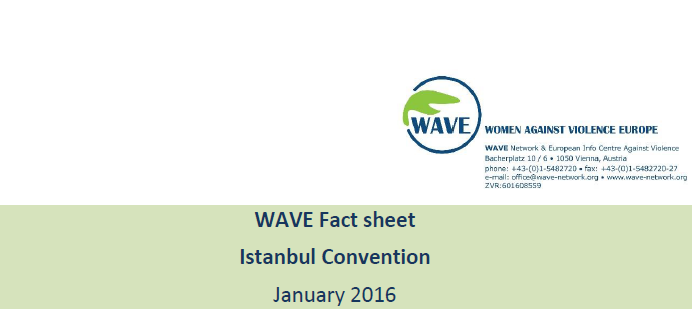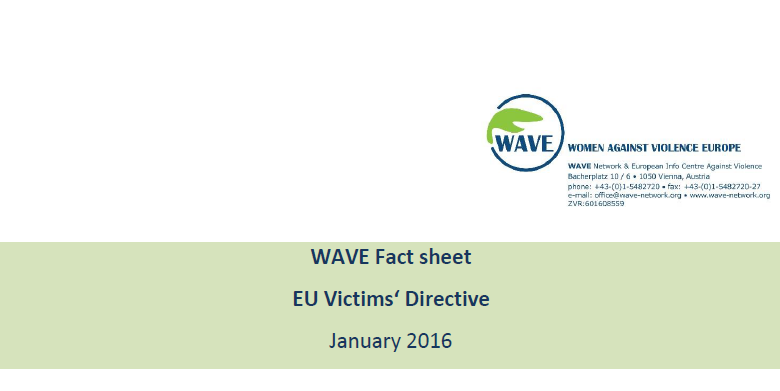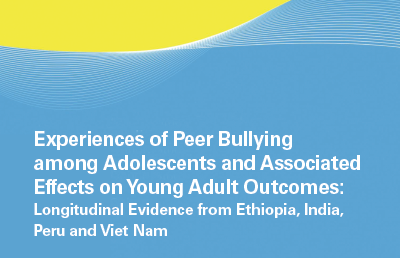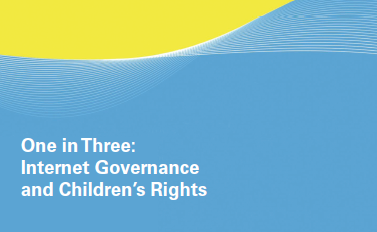For a quick search in the Knowledge database below, please use the search box. Also, note that using one or more of the dropdown filters will optimise your search.
Watch this video to find out more about our Knowledge Database and the publications we have collected here for you: video
Knowledge Database
-
WAVE Fact sheet: Istanbul Convention
WAVE | Published in 2016
Coming into force on 1 August 2014, the Council of Europe Convention on Preventing and Combating Violence against Women and Domestic Violence (Istanbul Convention) represents a milestone in the fight against violence against women at the European level. It is the first legally binding instrument to cover all forms of violence against women: physical, sexual, psychological, economic, as well as sexual harassment and stalking. It contains detailed measures in areas of the “5Ps”: Policy, Prevention, Protection, Provision and Prosecution. On the European level, sustained efforts have been invested in raising awareness among stakeholders of the need to sign and ratify the Istanbul Convention. WAVE is committed to contribute to and promote the swift ratification and implementation of the Convention in the whole of Europe.
Keywords: domestic violence, gender based violence, gender inequality, prevention -
WAVE Fact sheet: EU Victims’ Directive
WAVE | Published in 2016
The EU Victims’ Directive sets common standards in the European Union concerning the rights of victims in criminal proceedings and their support. The Directive was adopted in 2012, with the provisions having to be effected in national laws by 16 November 2015. The legislation contains a range of provisions aimed at guaranteeing the basic rights of victims in criminal proceedings, as well as their protection and support.
Keywords: victim services, victimisation, victims' rights -
Cost of violence against women and children is high – Investment in prevention pays
WAVE | Published in 2016
Given the enormous financial consequences caused by gender based violence, it seems more than sensible to invest in the protection and support of victims, as well as prevention efforts. Of course the argument is not mainly financial; first and foremost, violence against women and domestic violence need to be prevented and eliminated because of the “right of everyone, particularly women, to live free from violence in both the public and the private sphere” (Istanbul Convention, Article 4.1). However, it is important to bring the financial dimension to mind in order to counter the often-heard argument that there is no funding available when it comes to protective measures and empowering victims / survivors.
Keywords: children, domestic violence, gender based violence, prevention -
Measuring Inequality in Children’s Education in Rich Countries
UNICEF | Published in 2018
There is growing recognition among international organizations, scholars and policymakers that education systems must produce equitable outcomes, but there is far less consensus on what this means in practice. This paper analyses differences in inequality of outcome and inequality of opportunity in educational achievement among primary and secondary schoolchildren across 38 countries of the European Union (EU) and/or the Organisation for Economic Co-operation and Development (OECD).
Keywords: children, gender inequality -
Developing a Global Indicator on Bullying of School-aged Children
UNICEF | Published in 2018
The rate of bullying among children is a key indicator of children’s well-being and an important marker for comparing global social development. Yet, despite the identification and monitoring of bullying having global appeal, so far a validated global measure has not been produced. To fill this gap in knowledge, this paper develops a global indicator on bullying amongst children using existing school-based surveys from around the world. The findings of this paper show that bullying is a complex phenomenon that takes multiple forms, and is experienced to widely varying degrees across the world.
Keywords: bullying, children, victimisation -
World Migration Report 2018
IOM | Published in 2018
This report is the ninth in the World Migration Report series. Since 2000, IOM has been producing world migration reports to contribute to increased understanding of migration throughout the world. Indeed, it is one of IOM’s key contributions, and it has taken on heightened importance in an era of “post-truth” politics, “information overload” and “fake news”. The chance for evidence and knowledge to help explain migration and how it is changing seems to be diminishing at a time when, more broadly throughout the world, facts and expertise seemed to have increasingly taken a back seat to opinion and politics.
Keywords: children, discrimination, migration, victimisation -
A Mixed-Method Review of Cash Transfers and Intimate Partner Violence in Low and Middle-Income Countries
Ana Maria Buller, Amber Peterman, Meghna Ranganathan, Alexandra Bleile, Melissa Hidrobo, and Lori Heise | Published in 2019
There is increasing evidence that cash transfer (CT) programs decrease intimate partner violence (IPV). However, little is known about how CTs achieve this impact. We conducted a mixed-method review of studies in low- and middle-income countries (LMICs). Fourteen quantitative and eight qualitative studies met our inclusion criteria, of which eleven and five, respectively, demonstrated evidence that CTs decrease IPV. We found little support for increases in IPV, with only two studies showing overall mixed or adverse impacts. Drawing on these studies, as well as related bodies of evidence, we developed a program theory proposing three pathways through which CT could impact IPV: (a) economic security and emotional well-being, (b) intra-household conflict, and (c) women’s empowerment.
Keywords: domestic violence, gender based violence, victimisation -
Assessing The Code of Conduct for the Protection of Children from Sexual Exploitation in Travel and Tourism
UNICEF | Published in 2012
The Code of Conduct for the Protection of Children from Sexual Exploitation in Travel and Tourism (“The Code”) was established in 1998 by ECPAT Sweden with the assistance of the United Nations World Tourism Organization (UNWTO). Since 2004, The Code has received funding from UNICEF and has operated as an independent non-profit organization with its secretariat in New York. During this period, there has been no comprehensive assessment of the impact of The Code. In addition, no performance monitoring system has been put in place. This assessment, commissioned by UNICEF Innocenti Research Centre (IRC) and the UNICEF Child Protection Section, Programme Division, New York, was designed to assess the current performance of The Code, and to propose a set of criteria based on rights-based principles for measuring the impact and effectiveness of The Code at global and country levels. The assessment report provides a summary of the results of a literature review, three country case studies, an examination of strengths, weaknesses, gaps and lessons and a review of The Code criteria. It concludes with a series of recommendations.
Keywords: children, cross-border crime, prevention, victimisation -
Experiences of Peer Bullying among Adolescents and Associated Effects on Young Adult Outcomes
UNICEF | Published in 2016
This paper is a contribution to the UNICEF Multi-Country Study on the Drivers of Violence Affecting Children, which analyses how structural factors interact to affect everyday violence in children’s homes, schools and communities. The results of the multi-country study intend to inform national strategies for violence prevention.
Keywords: bullying, children, victimisation -
One in Three: Internet Governance and Children’s Rights
UNICEF | Published in 2016
This paper argues that Internet governance bodies give little consideration to children’s rights, despite growing calls from international child rights organizations to address their rights in the digital age.Typically, when children are acknowledged it is in the context of child protection while their rights to provision and participation are overlooked.This paper specifically argues against an age-generic (or ‘age-blind’) approach to ‘users’, because children have specific needs and rights that are not met by governance regimes designed for ‘everyone’. In addition to addressing issues of child protection in the online space, policy and governance should now ensure children’s rights to access and use digital media and consider how the deployment of the Internet by wider society can enhance children’s rights across the board.
Keywords: children, data protection, media, victimisation










